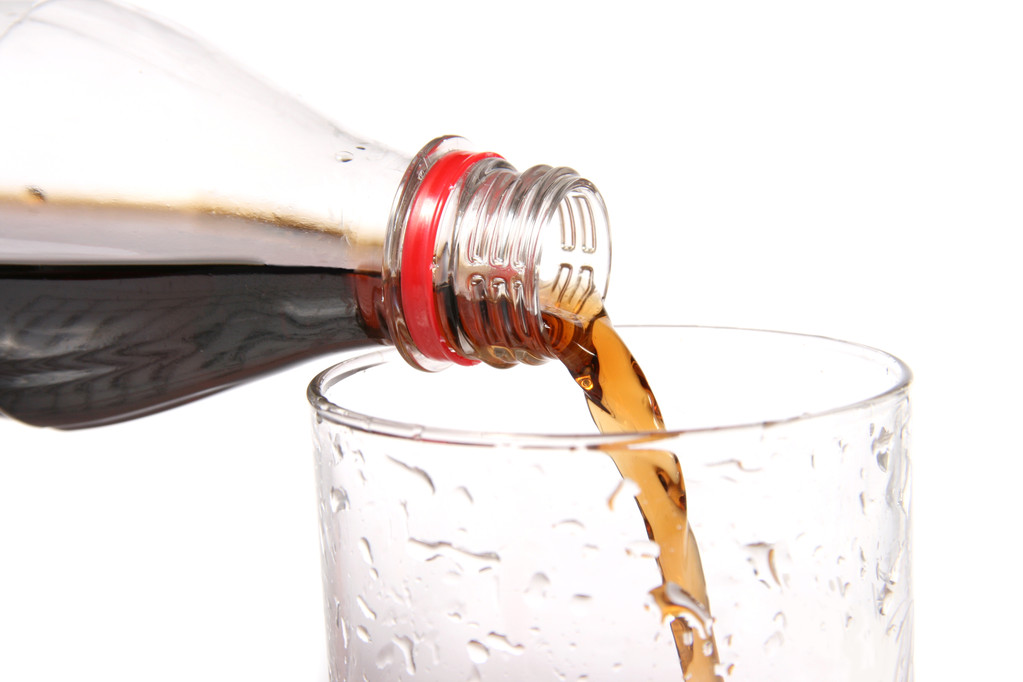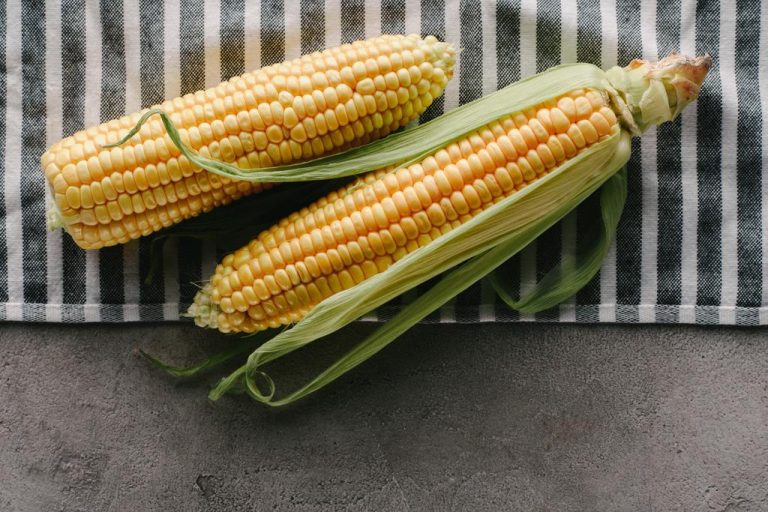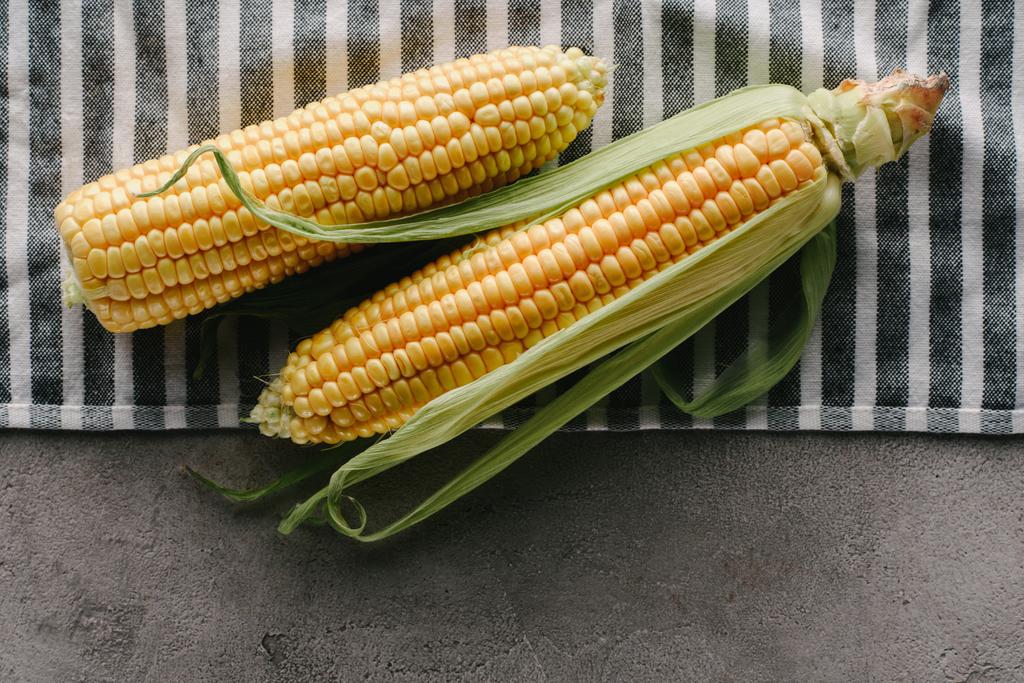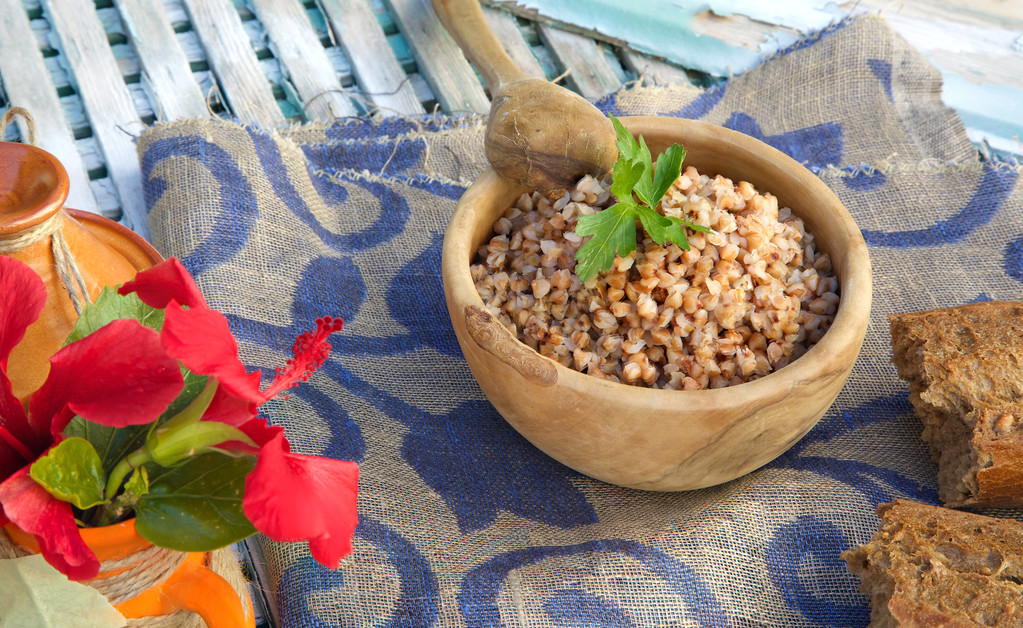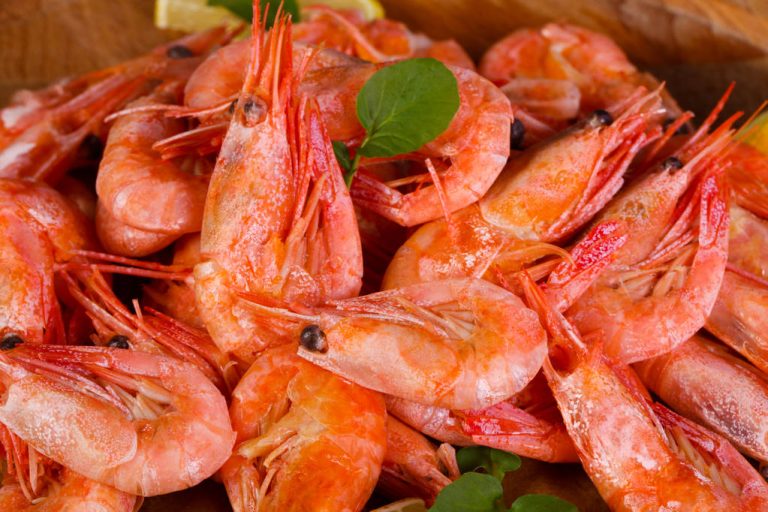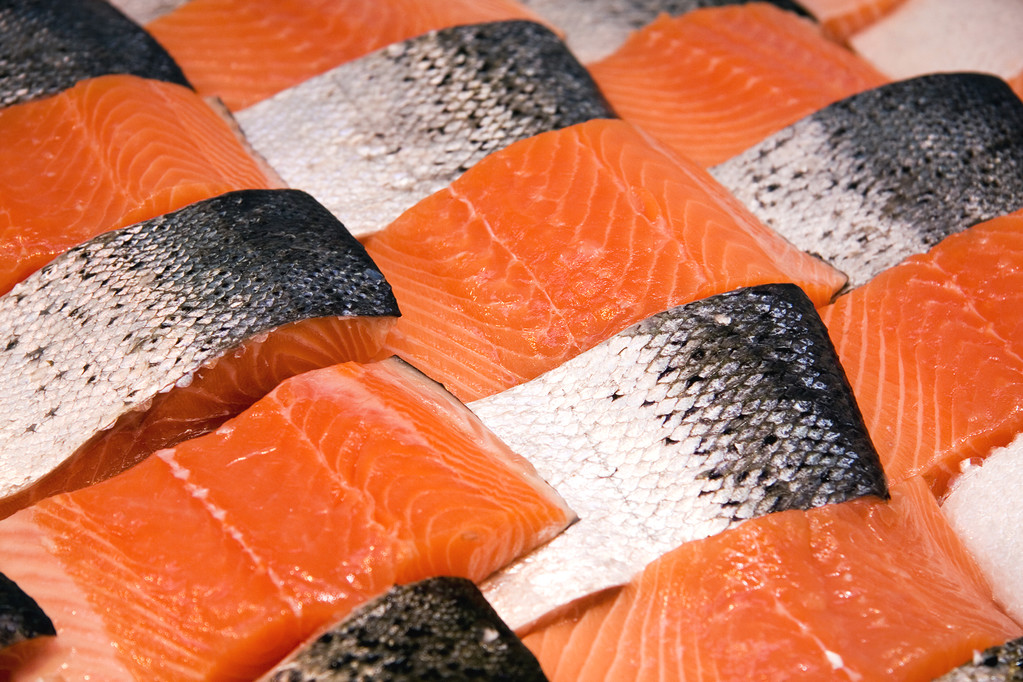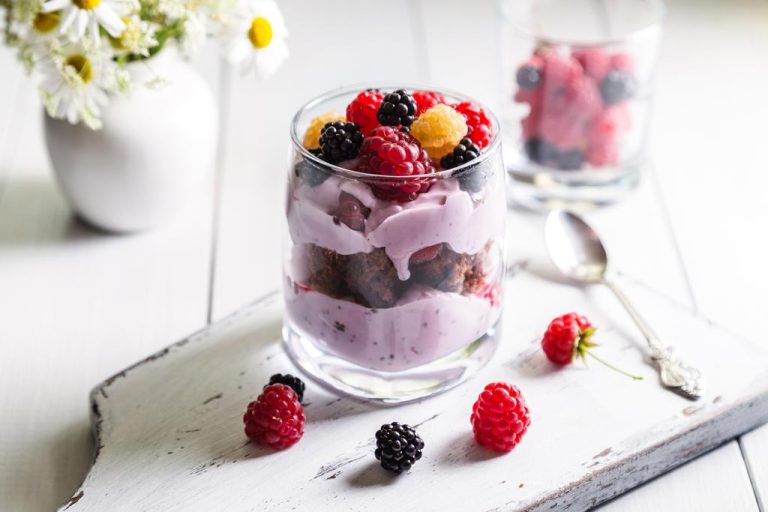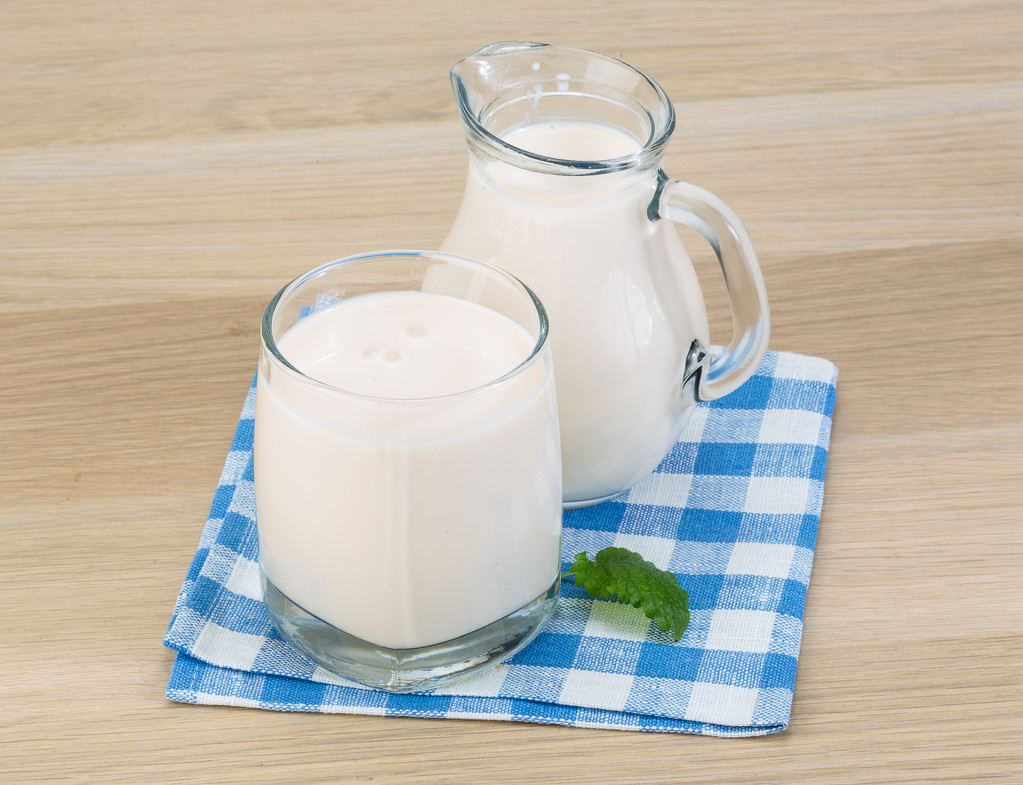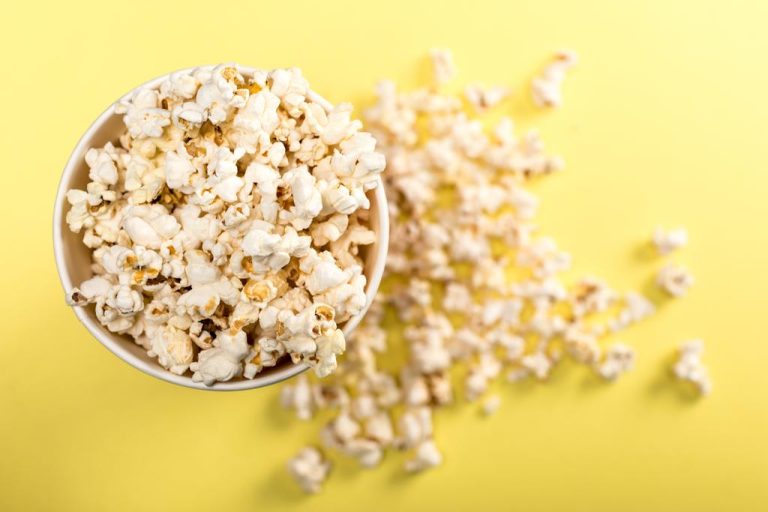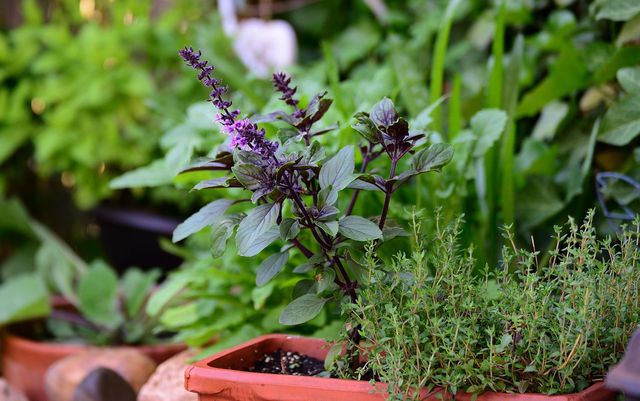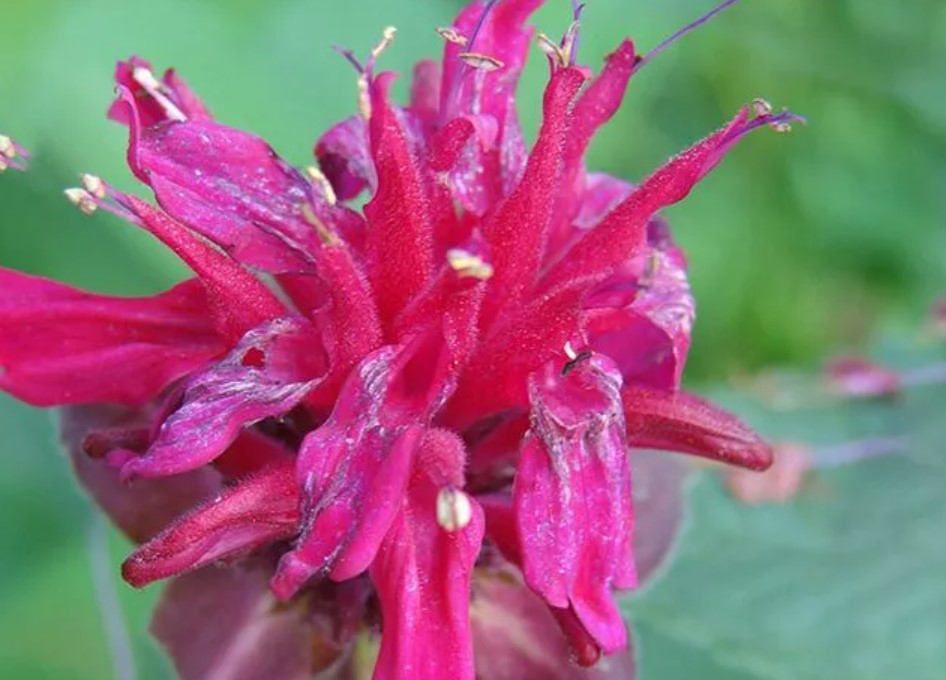This superfood list gathers the superstars of food, touted for their nutritional value and acclaimed for their miraculous powers – but they don’t always happen.
If you believe the advertising promises of the manufacturers, the candidates on our superfood list help you lose weight and fight depression, heal almost everything from the common cold to Alzheimer’s to cancer and compensate for every nutrient deficit. But is that always true?
Superfood list with pitfalls
We took a closer look at the promised effects and found that superfoods also have pitfalls. We have therefore also brought out the disadvantages of the super foods under the carpet. Because some candidates are certainly rightly on our superfood list – others are more appearance than reality or even have health or ecological problems that should make us think. You can find all the details on this in the respective article on the superfood.
Acai
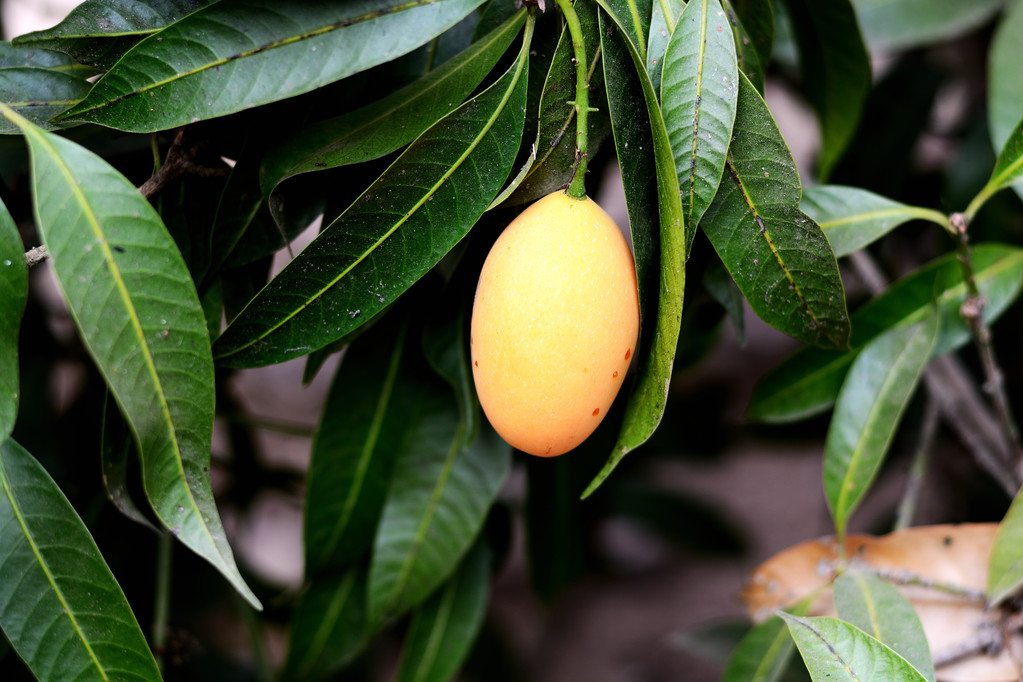
Acai is on every superfood list: The hype surrounding the berries swept across the pond from the USA. Trend breakfast acai bowl is sold as the perfect tool for the model figure. The acai supposedly also works against wrinkles and cancer. However, these statements fall more into the category of advertising promises.
acerola
No superfood list without acerola: the reputation of the absolute vitamin C bomb precedes it. In fact, it probably has the highest vitamin C content of any plant. That is why the acerola cherry is marketed as a vitamin supplier to fight colds, especially in winter. In addition, their secondary plant substances are said to have an anti-cancer and cell-rejuvenating effect. However, solid evidence of this is lacking, and the energy-intensive processing and transport from South America pollute the environment.
amaranth
Like many other pseudocereals, amaranth (also amaranth) comes from the Andes region of Central and South America. Venerated as sacred by the Aztecs and banned by Cortez, the foxtail plant led a shadowy existence for a long time. Now you can find it on many a superfood list, because the little seeds are actually rich in proteins, minerals and unsaturated fatty acids. However, amaranth from the Andes, which could do better in terms of sustainability, is commercially available.
pineapple
The pineapple is without a doubt the best-known and most widespread superfood. It is surrounded by diet legends (“fat burners”), it is said to be able to fight inflammation and heal cancer. The versatile fruit also tastes very good.
Their valuable ingredients would make them an ideal member of any superfood list. If it weren’t for the conditions under which the pineapple is grown and harvested: toxic pesticides and fertilizers in abundance to protect the monocultures, poorly paid and inadequately protected workers and poisoned drinking water make the delicious pineapple a rather problematic guest on the menu.
Aronia
The dark blue to black aronia berries belong on every superfood list. They originally come from the USA, but are now also grown in Germany and Austria. Aronia contains a lot of antioxidants, vitamins and folic acid. The chokeberry is said to be able to stimulate the immune system, help against cancer and even radioactive radiation. At least probably, because there are no meaningful studies here either.
But the aronia scores as a regional, seasonal organic superfood. There is just one catch: fresh berries and juice are almost inedible on their own. And the most effective medicine is of no use if you don’t want to take it because of its taste. In combination with sweeter fruits from the region – for example in jam or juice – the Aronia is worth recommending.
avocado
The avocado is rich in unsaturated fatty acids and essential amino acids as well as vitamins and minerals. Therefore, the avocado is considered an ideal supplement, especially for vegan diets. The versatile “butter of the forest” took German kitchens by storm, and fans raved about the mild, creamy taste of ripe avocados. However, the delicious stone fruit is also one of the bigger polluters on our superfood list.
Chia seeds
Chia seeds come from South America and were used by the Aztecs as a power food for their soldiers. The little seeds are packed with healthy ingredients, energy and antioxidants, which is why they can be found on almost every superfood list. Athletes use the properties of chia seeds like the Aztecs did to improve performance. With a vegan diet, the small superfood grains can prevent deficiency symptoms. As a relatively new food, however, the effects are not sufficiently scientifically proven, contrary to the manufacturer’s claims. Proven pollution and a lousy ecological balance cloud the shine of the “gold of the Aztecs”.
Chlorella
Chlorella is touted on superfood lists as the ultimate detox agent for detoxifying the body. The microalgae can actually filter environmental toxins out of water, but whether this works in the human body is controversial. Just as the healing effects are possible, but not yet proven. The good nutrient profile of chlorella also has a catch: untreated, the ingredients cannot be utilized by humans due to the thick cell walls.
Chlorella is not a credible member of a good superfood list, but it is one of the few plant-based sources of cobalamin. If it weren’t for the dubious life cycle assessment…
cranberry
The red cranberry is known in this country mainly in the form of cranberry juice in drinks and cocktails. In the USA, its country of origin, however, the cranberry is considered a fixed component of various dishes, comparable to the lingonberries in our country. When dried, the red cranberries still contain a lot of minerals and are often mixed in muesli and the like. Questionable harvesting methods and cultivation in sensitive ecosystems in the USA speak against including the cranberry in a sustainable superfood list.
barley grass and wheat grass
Barley grass and wheat grass are catchy names for something everyday: the green sprouts of normal barley and wheat. As seedlings, the “grasses” should have a high nutrient density and be rich in fiber. Both variants actually contain a lot of nutrients, which is why barley grass is also used as fattening feed for cows. And the dietary fiber is also present in the form of plant fibers. But it is precisely these fibers that cause digestive problems in humans. The green sprouts are therefore offered more as a powder.
ginseng
The use of the “all-healing root” ginseng comes from traditional Chinese medicine. Many believe that the tuber works against all age-related complaints, improves motor and cognitive abilities as well as potency and strengthens the immune system. However, ginseng is also an eco-sinner with long transport routes – but the superfood is now also grown in this country.
goji berries
Goji berries have an excellent reputation as a superfood with impressive medicinal properties. Curing cancer and Alzheimer’s, helping against high blood pressure, diabetes and impotence – the small red berries are said to be able to do all that and more. But the goji berries are calorie bombs and extremely expensive because they have to be harvested by hand.
pomegranate
The pomegranate has been known in Europe for centuries. Also referred to as grenadine or “food of the gods”, the fruit grows naturally in southern Italy and southern Spain. Pomegranate seeds and juice were already used in the Middle Ages as a natural source of vitamins during the winter. Numerous medical effects are attributed to the red fruit, for example against cancer, Alzheimer’s or high blood pressure. Ecologically, however, the pomegranate is not a model student.
Hibiscus and Rosehip
Hibiscus and rose hips grow in our garden, in hedges or in parks. They are known as ornamental plants and as ingredients in tea. Picked or grown yourself, fresh rose hips or rose hip jelly are a welcome source of vitamin C in winter. Rose hips are also said to help with osteoarthritis. Hibiscus tea is said to lower blood pressure and cholesterol levels. But here, too, clear evidence is lacking. If you like a hot drink on cold days, you should give the two native plants a chance.
turmeric
The bright orange-yellow turmeric powder is the favorite spice of the Indians and an integral part of the Indian kitchen. The ginger plant has been known in Europe for centuries, but it has not been able to establish itself in food. Curcumin, the main component of turmeric, is causing a sensation as a possible cure for almost every disease on this planet. The miracle spice is celebrated by many alternative healing methods. The fact that these are assumptions and possible but not proven effects is often overlooked.
maca
Maca is a superfood less well known in Europe. The root of a cress species comes from the Andes of Peru and grows there in the high mountains. Tough, undemanding and nutritious, maca was already one of the staple foods of the Incas. The suspected but so far unproven effects mainly include the increase in potency, fertility and libido. The root is also said to combat fatigue and depression. The transport routes are an ecological problem.
Matcha tea
Bright green pick-me-up, cult drink for Japan fans and as Matcha Latte the new, supposedly super-healthy trendy drink. Matcha tea is conquering Europe and the USA and can be found on almost every superfood list. The drink is prepared using a special technique from the rather expensive matcha powder. This consists of the ground green tea leaves that are drunk. As with all green tea varieties, there are alleged effects in abundance, the awakening theine is proven.
moringa
Moringa, the horseradish tree, is sold as the quintessential miracle plant. In fact, the leaves and roots of Moringa are very nutritious, containing a lot of calcium, essential amino acids, minerals and vitamins. The extremely fast-growing Moringa has many possible effects, which, however, have not been clearly proven. Moringa seeds filter pollutants from the water and can thus be used for drinking water treatment. In the tropical and subtropical regions of origin, Moringa is one of the beacons of hope against malnutrition and water shortages.
papaya
The papaya is botanically something very special. The “tree” on which the fruit, also known as “tree melon”, grows is not one – but a herb. And a papaya is strictly speaking a berry. The seeds inside the fruit contain a particularly large amount of papain, the enzyme found in papaya. Papain is able to break down proteins and therefore has a number of medicinal effects. The seeds are considered a natural contraceptive for men, shrink and destroy tumors in the test tube and are also effective against diabetes. A real superfood, were it not for disadvantages such as the fact that most papayas are genetically modified.
quinoa
The Incas already revered quinoa, which was voted “Plant of the Year” in 2013, as sacred. The pseudo grain is rich in essential amino acids and minerals. The very undemanding plant comes from the Andes, where 95 percent of the world production is harvested to this day. The high energy density makes quinoa seeds a beacon of hope in the fight against hunger in the world. In terms of sustainability, however, the superfood has a lot of catching up to do.
Spirulina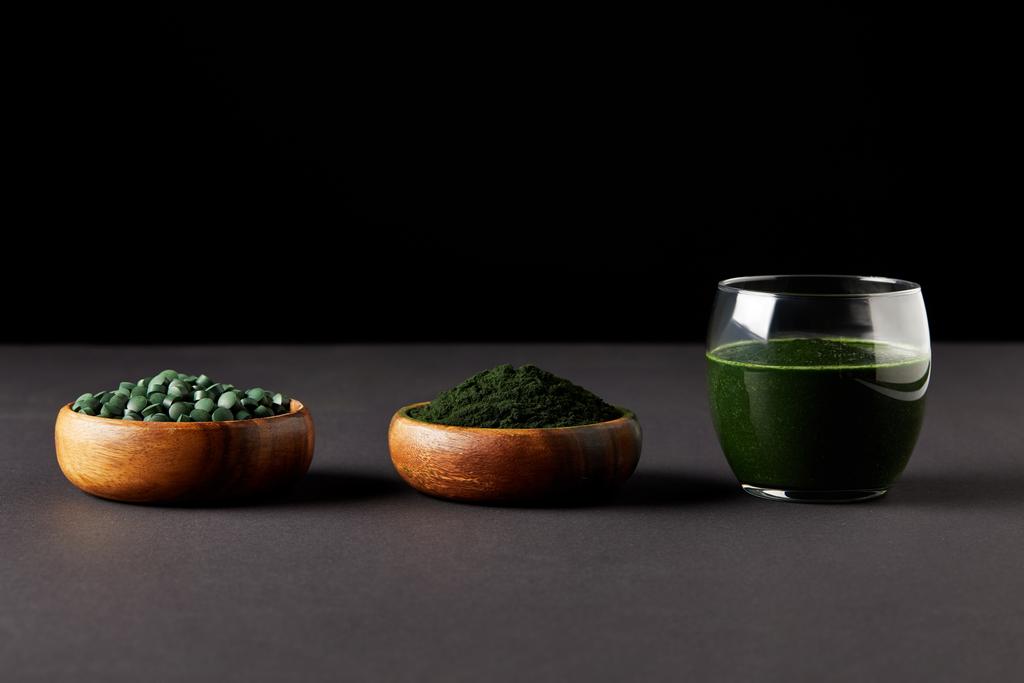
Spirulina is sold in Germany as a miracle algae with an extremely high nutrient content. Especially with a vegan diet, it should easily compensate for all protein deficiencies and deficits in iron or vitamin B12. In addition, Spirulina has other positive properties such as converting CO2 into oxygen or growing in salt water. However: On closer inspection, the claimed effects of the superfood all have their weak points, and there are also toxic heavy metals that can accumulate in wild spirulina.





